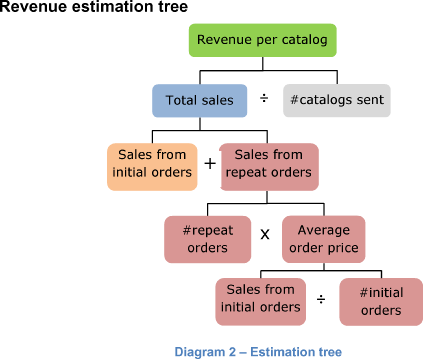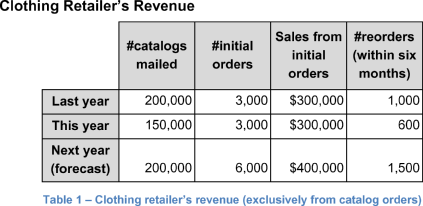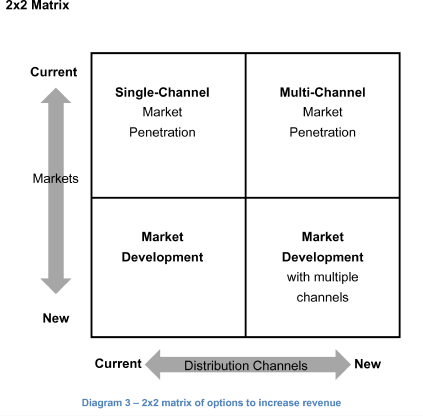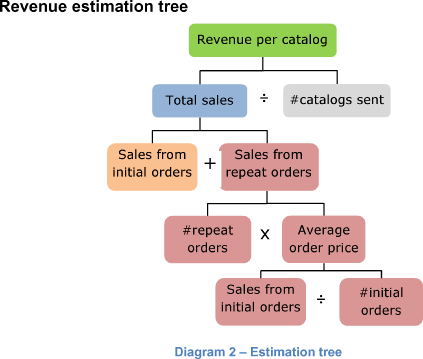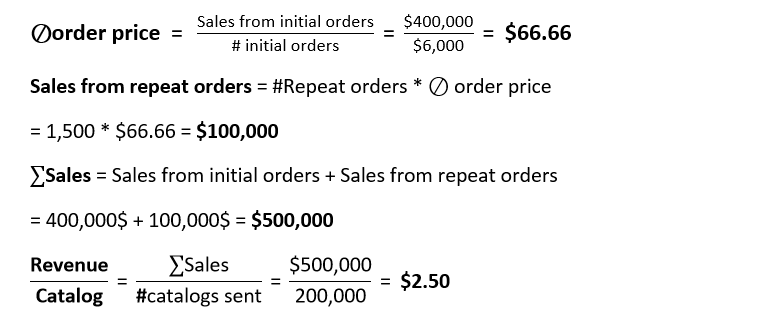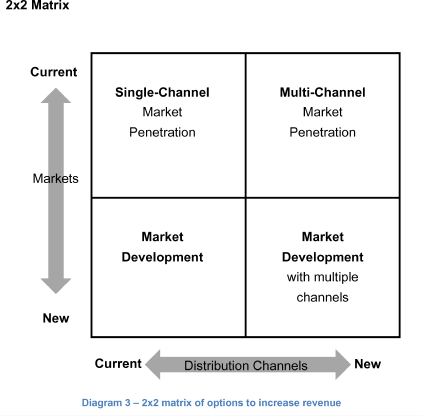Fashion mail order
22.5k
Times solved
Beginner
Difficulty
Your client is a direct mail clothing retailer. They primarily sell clothes through their product catalog. Next year, postage costs will increase to 40 cents per catalog. Your client wants to know whether his current business model is still profitable.
Case Comments
22.5k
Times solved
Beginner
Difficulty
Do you have questions on this case? Ask our community!
